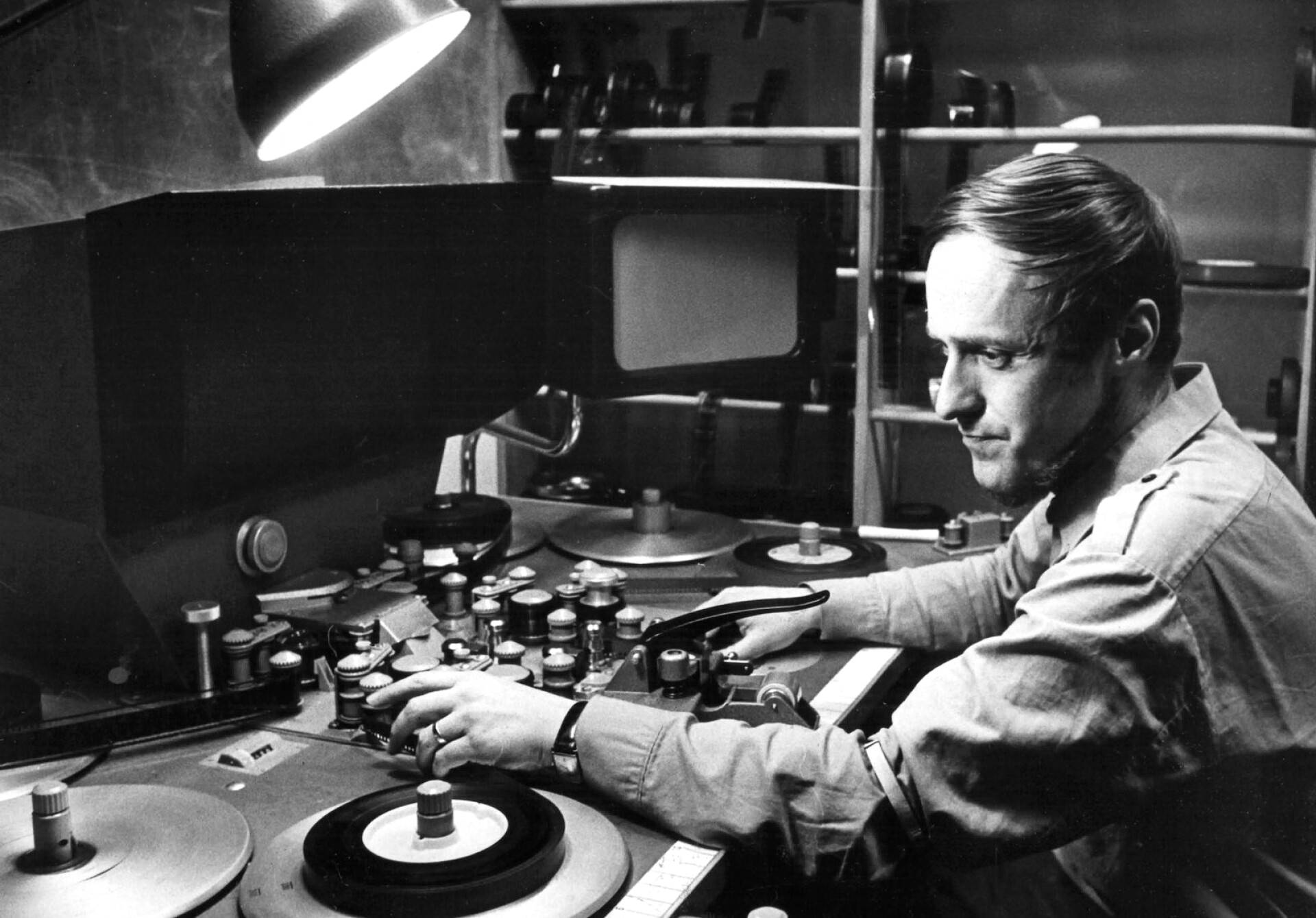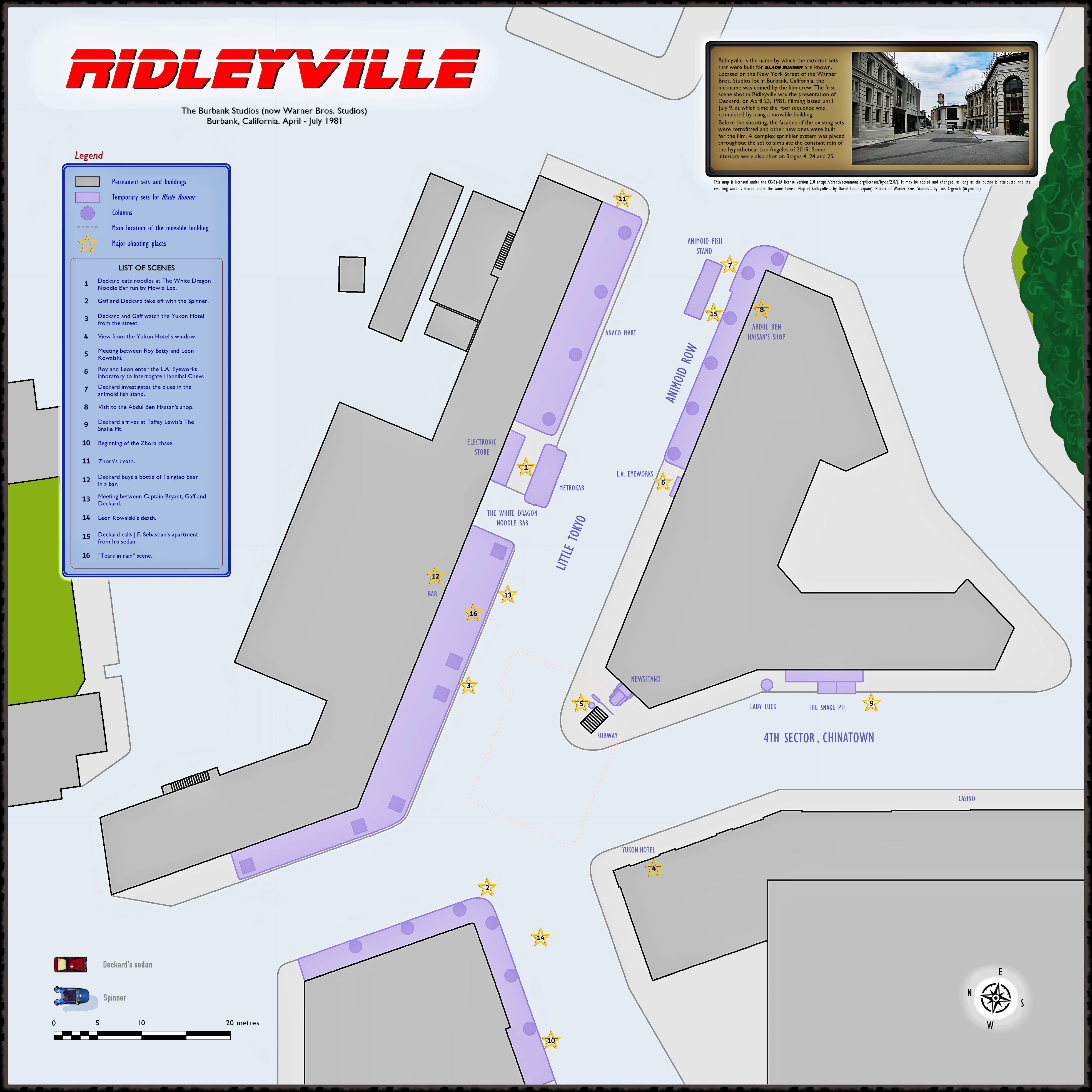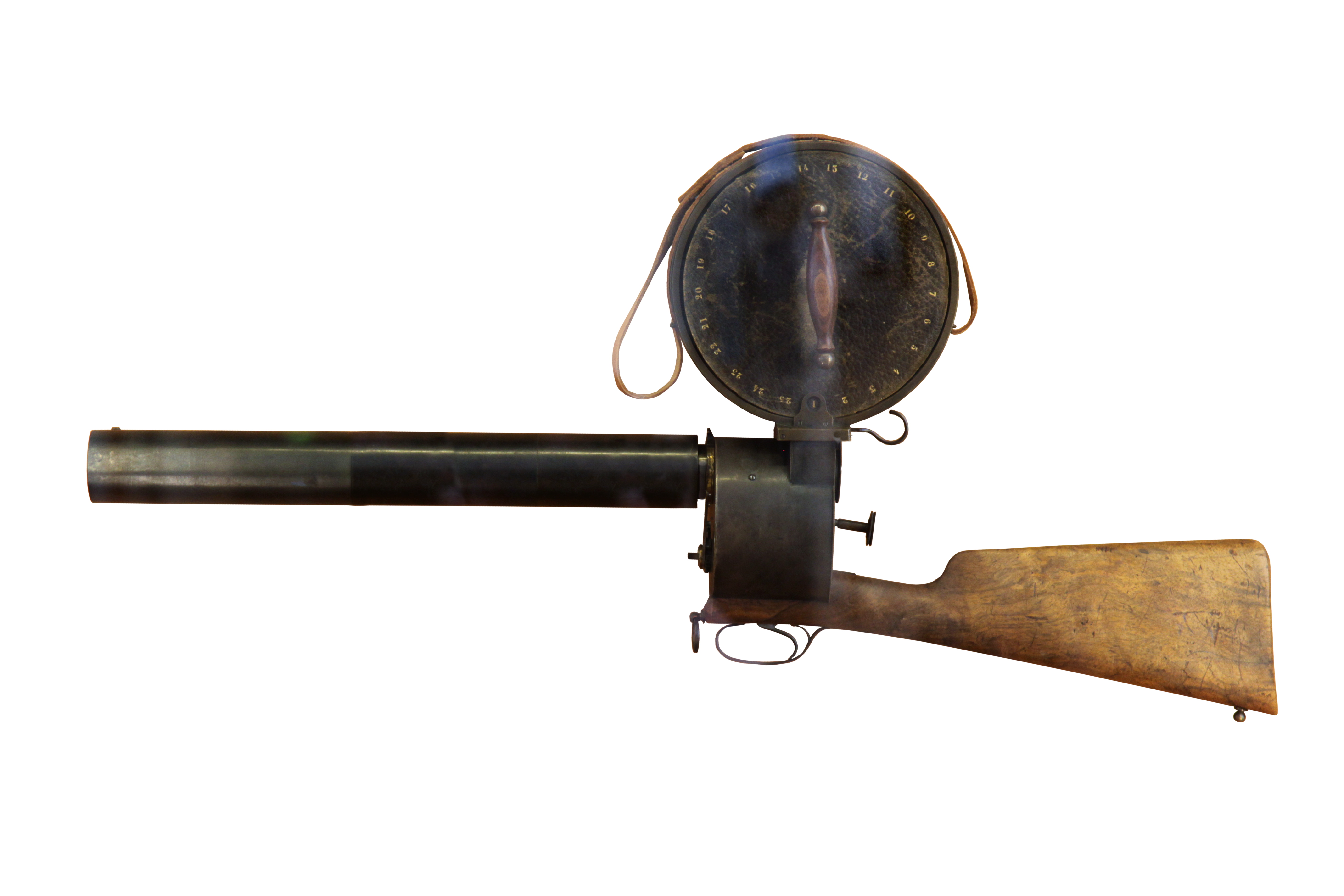|
Footage
In filmmaking and video production, footage is raw, unedited material as originally filmed by a movie camera or recorded by a digital video camera, which typically must be film editing, edited to create a motion picture, digital video, video clip, television show, or similar completed work. Footage can also refer to sequences used in film and video editing, such as special effects and archive material (for special cases of this, see stock footage and B roll). Since the term originates in film, footage is only used for recorded images, such as film stock, videotapes, or digitizing, digitized clips. For live television feeds, the signals from video cameras are instead called ''sources''. History The origin of the term "footage" comes from early 35mm movie film, 35 mm silent film, which is traditionally measured in foot (length), feet and frame (film), frames. The fact that film was measured by length in cutting room floor, cutting rooms, and that there are 16 frames (4-perf film ... [...More Info...] [...Related Items...] OR: [Wikipedia] [Google] [Baidu] |
Stock Footage
Stock footage, and similarly, archive footage, library pictures, and file footage is film or video footage that can be used again in other films. Stock footage is beneficial to filmmakers as it saves shooting new material. A single piece of stock footage is called a "stock shot" or a "library shot". Stock footage may have appeared in previous productions but may also be outtakes or footage shot for previous productions and not used. Examples of stock footage that might be utilized are moving images of cities and landmarks, wildlife in their natural environments, and historical footage. Suppliers of stock footage may be either rights managed or royalty-free. Many websites offer direct downloads of clips in various formats. History Stock footage companies began to emerge in the mid-1980s, offering clips mastered on Betacam SP, VHS, and film formats. Many of the smaller libraries that specialized in niche topics such as extreme sports, technological or cultural collections were ... [...More Info...] [...Related Items...] OR: [Wikipedia] [Google] [Baidu] |
B Roll
In film and television production, B-roll, B roll, B-reel or B reel is supplemental or alternative footage intercut with the main shot. The term ''A-roll'', referring to main footage, has fallen out of use to some degree. Film and video production Films and videos may cut away from the main story to show related scenery or action. Establishing shots may be used to show the audience the context of the story. These secondary images are often presented without sound, or with very low level sound, as the sound from the primary footage is expected to continue while the other images are shown. The various shots presented without sound are called ''B-roll''. B-roll may be shot by smaller second unit crews, since there is no need for sound. In film, smaller MOS cameras, lacking sound circuitry, may be used for greater portability and ease of setup. In electronic news-gathering (ENG) and documentary film projects, B-roll footage is often shot after the main interview is shot, to provi ... [...More Info...] [...Related Items...] OR: [Wikipedia] [Google] [Baidu] |
Video Editing
Video editing is the post-production and arrangement of video shots. To showcase excellent video editing to the public, video editors must be reasonable and ensure they have a thorough understanding of film, television, and other sorts of videography. Video editing structures and presents all video information, including films and television shows, video advertisements and video essays. Video editing has been dramatically democratized in recent years by editing software available for personal computers. Editing video can be difficult and tedious, so several technologies have been produced to aid people in this task. Overall, video editing has a wide variety of styles and applications. Types of editing Though once the province of expensive machines called video editors, video editing software is now available for personal computers and workstations. Video editing includes cutting segments (trimming), re-sequencing clips, and adding transitions and other special effects. * Linear ... [...More Info...] [...Related Items...] OR: [Wikipedia] [Google] [Baidu] |
Film Editing
Film editing is both a creative and a technical part of the post-production process of filmmaking. The term is derived from the traditional process of working with film stock, film which increasingly involves the use Digital cinema, of digital technology. When putting together some sort of video composition, typically, one would need a collection of shots and footages that vary from one another. The act of adjusting the shots someone has already taken, and turning them into something new is known as film editing. The film editor works with raw footage, selecting Shot (filmmaking), shots and combining them into Sequence (filmmaking), sequences which create a finished Film, motion picture. Film editing is described as an art or skill, the only art that is unique to cinema, separating filmmaking from other art forms that preceded it, although there are close parallels to the editing process in other art forms such as poetry and novel writing. Film editing is an extremely important ... [...More Info...] [...Related Items...] OR: [Wikipedia] [Google] [Baidu] |
Cutting Room Floor
A deleted scene is footage that has been removed from the final version of a film or television show. There are various reasons why these scenes are deleted, which include time constraints, relevance, quality or a dropped story thread, and can also be due to budgetary concerns. A similar occurrence is offscreen, in which the events are unseen. A related term is extended scene, the longer version of a scene that was shortened for the final version of the film. Often, extended scenes are included in collections of deleted scenes or are referred to as deleted scenes themselves, as is the case with, for instance, '' Harry Potter and the Chamber of Secrets'' and '' Serenity''. Reasons for removal Scenes are often removed from films and television shows at the request of a studio or network, or to reduce running time, to improve narrative flow, or to avoid causing offense. Requests for alteration The studio or network planning to air or distribute it may be uncomfortable with a certai ... [...More Info...] [...Related Items...] OR: [Wikipedia] [Google] [Baidu] |
Filmmaking
Filmmaking or film production is the process by which a Film, motion picture is produced. Filmmaking involves a number of complex and discrete stages, beginning with an initial story, idea, or commission. Production then continues through screenwriting, Casting (performing arts), casting, pre-production, Principal photography, shooting, Sound recording and reproduction, sound recording, post-production, and screening the finished product before an audience, which may result in a film release and exhibition. The process is nonlinear, in that the filmmaker typically shoots the script out of sequence, repeats shots as needed, and puts them together through editing later. Filmmaking occurs in a variety of economic, social, and political contexts around the world, and uses a variety of technologies and cinematic techniques to make theatrical films, episodic films for television and streaming platforms, music videos, and promotional and educational films. Although filmmaking originally ... [...More Info...] [...Related Items...] OR: [Wikipedia] [Google] [Baidu] |
The Shining (film)
''The Shining'' is a 1980 psychological horror film produced and directed by Stanley Kubrick and co-written with novelist Diane Johnson. It is based on Stephen King's The Shining (novel), 1977 novel and stars Jack Nicholson, Shelley Duvall, Danny Lloyd, and Scatman Crothers. The film presents the descent into insanity of a recovering alcoholic and aspiring novelist (Nicholson) who takes a job as winter caretaker for a Haunted house, haunted mountain resort hotel with his wife (Duvall) and Clairvoyance, clairvoyant son (Lloyd). Production took place almost exclusively in England at Elstree Studios (Shenley Road), EMI Elstree Studios, with sets based on real locations. Kubrick often worked with a small crew, which allowed him to do many takes, sometimes to the exhaustion of the actors and staff. The then-new Steadicam mount was used to shoot several scenes, giving the film an innovative and immersive look and feel. The film was released in the United States on May 23, 1980, by Wa ... [...More Info...] [...Related Items...] OR: [Wikipedia] [Google] [Baidu] |
Blade Runner
''Blade Runner'' is a 1982 science fiction film directed by Ridley Scott from a screenplay by Hampton Fancher and David Peoples. Starring Harrison Ford, Rutger Hauer, Sean Young, and Edward James Olmos, it is an adaptation of Philip K. Dick's 1968 novel '' Do Androids Dream of Electric Sheep?'' The film is set in a dystopian future Los Angeles of 2019, in which synthetic humans known as '' replicants'' are bio-engineered by the powerful Tyrell Corporation to work on space colonies. When a fugitive group of advanced replicants led by Roy Batty (Hauer) escapes back to Earth, burnt-out cop Rick Deckard (Ford) reluctantly agrees to hunt them down. ''Blade Runner'' initially underperformed in North American theaters and polarized critics; some praised its thematic complexity and visuals, while others critiqued its slow pacing and lack of action. The film's soundtrack, composed by Vangelis, was nominated in 1982 for a BAFTA and a Golden Globe as best original score. ''B ... [...More Info...] [...Related Items...] OR: [Wikipedia] [Google] [Baidu] |
Video Production
Video production is the process of producing video content. It is the equivalent of filmmaking, but with video recorded either as analog signals on videotape, digitally in video tape or as computer files stored on optical discs, hard drives, SSDs, magnetic tape or memory cards instead of film stock. Television broadcast Two styles of producing video are ''ENG'' (Electronic news gathering) and ''EFP'' (Electronic field production). Video production for distance education Video production for distance education is the process of capturing, editing, and presenting educational material specifically for use in on-line education. Teachers integrate best practice teaching techniques to create scripts, organize content, capture video footage, edit footage using computer based video editing software to deliver final educational material over the Internet. It differs from other types of video production in at least three ways:Moore, M. G., & Kearsley, M. G. (2012). 'Distance education: ... [...More Info...] [...Related Items...] OR: [Wikipedia] [Google] [Baidu] |
Movie Camera
A movie camera (also known as a film camera and cine-camera) is a type of photographic camera that rapidly takes a sequence of photographs, either onto film stock or an image sensor, in order to produce a moving image to display on a screen. In contrast to the still camera, which captures a single image at a time, the movie camera takes a series of images by way of an intermittent mechanism or by electronic means; each image is a ''frame'' of film or video. The frames are projected through a movie projector or a video projector at a specific frame rate (number of frames per second) to show the moving picture. When projected at a high enough frame rate (24 frames per second or more), the persistence of vision allows the eyes and brain of the viewer to merge the separate frames into a continuous moving picture. History A forerunner to the movie camera was the machine invented by Francis Ronalds at the Kew Observatory in 1845. A photosensitive surface was drawn slowly past the aper ... [...More Info...] [...Related Items...] OR: [Wikipedia] [Google] [Baidu] |
ARRI Alexa-Plus Digital Cinema Camera
Arri Group () (stylized as "ARRI") is a German manufacturer of motion picture film equipment. Based in Munich, the company was founded in 1917. It produces professional motion picture cameras, lenses, lighting and post-production equipment. It is cited by Hermann Simon (manager), Hermann Simon as an example of a "Hidden champions, hidden champion". The Arri Alexa camera system was used to shoot several films that won the Academy Award for Best Cinematography, including ''Hugo (film), Hugo'' (2011), ''Life of Pi (film), Life of Pi'' (2012), ''Gravity (2013 film), Gravity'' (2013), ''Birdman (film), Birdman'' (2014), ''The Revenant (2015 film), The Revenant'' (2015) and ''1917 (2019 film), 1917'' (2019). History Early history Arri was founded in Munich, Germany on 12 September 1917 by August Arnold and Robert Richter as Arnold & Richter Cine Technik. The acronym ''Arri'' was derived from the initial two letters of the founders' surnames, ''Ar''nold and ''Ri''chter. In 1924, Arno ... [...More Info...] [...Related Items...] OR: [Wikipedia] [Google] [Baidu] |
Silent Film
A silent film is a film without synchronized recorded sound (or more generally, no audible dialogue). Though silent films convey narrative and emotion visually, various plot elements (such as a setting or era) or key lines of dialogue may, when necessary, be conveyed by the use of inter- title cards. The term "silent film" is something of a misnomer, as these films were almost always accompanied by live sounds. During the silent era, which existed from the mid-1890s to the late 1920s, a pianist, theater organist—or even, in larger cities, an orchestra—would play music to accompany the films. Pianists and organists would play either from sheet music, or improvisation. Sometimes a person would even narrate the inter-title cards for the audience. Though at the time the technology to synchronize sound with the film did not exist, music was seen as an essential part of the viewing experience. "Silent film" is typically used as a historical term to describe an era of cinema p ... [...More Info...] [...Related Items...] OR: [Wikipedia] [Google] [Baidu] |











